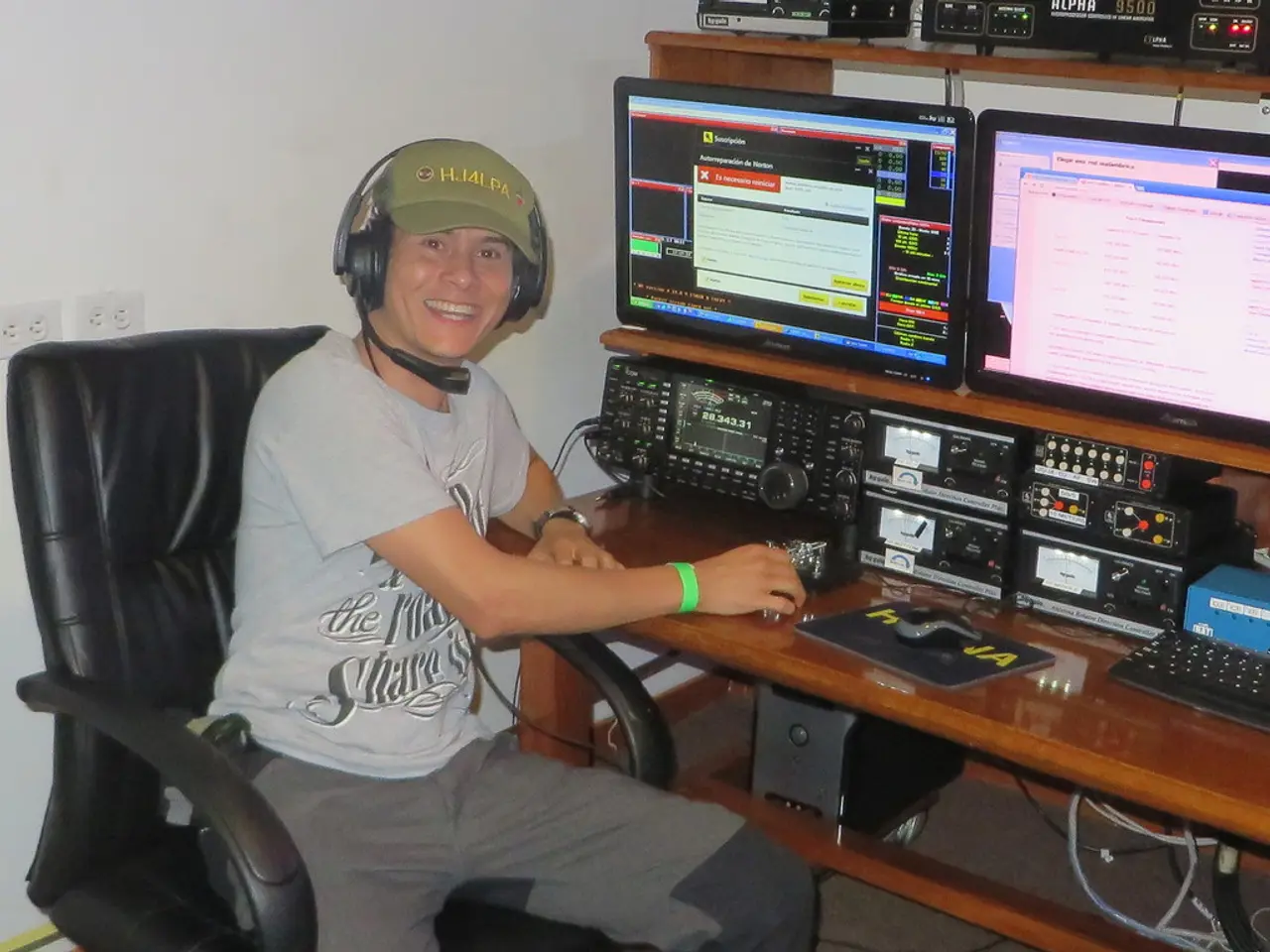Motor Neuron Diseases (MNDs): Varieties, Origins, and Insights
Amyotrophic Lateral Sclerosis (ALS), also known as Lou Gehrig's disease, is the most common and well-studied form of Motor Neuron Disease (MND). This article provides an overview of ALS, focusing on its types, clinical manifestations, underlying causes, and current treatment strategies.
### Types of ALS ALS subtypes can be classified by onset, with the most common form being limb-onset ALS, which starts with weakness and muscle atrophy in the limbs. Bulbar-onset ALS begins with difficulty in speech and swallowing due to bulbar muscle involvement, while respiratory-onset ALS is rare and presents initially with breathing difficulties before other symptoms arise.
### Symptoms of ALS Early symptoms of ALS include muscle twitching, limb weakness, and slurred speech, along with swallowing difficulties, especially in bulbar-onset ALS. As the disease progresses, patients may experience progressive muscle weakness and wasting, muscle cramps and stiffness, declining mobility, difficulty speaking, swallowing, and choking episodes, cognitive and behavioral changes, and emotional lability. In advanced stages, severe muscle weakness can lead to loss of voluntary movement and respiratory muscle weakness resulting in breathing difficulties and potential respiratory failure.
### Causes of ALS ALS is caused by the gradual degeneration and death of motor neurons in the brain and spinal cord. While the exact cause is not fully understood, it is believed to involve a combination of genetic and environmental factors. Some genetic mutations, such as in the FUS gene, have been linked to certain ALS subtypes.
### Treatments for ALS Currently, there is no cure for ALS, but treatments focus on managing symptoms and improving quality of life. Approaches include physiotherapy to maintain mobility and muscle function as long as possible, respiratory support such as assisted ventilation when breathing muscles are affected, adaptive tools and devices to aid in communication and daily activities, palliative care in late stages aimed at comfort and symptom relief, and multidisciplinary care to address the complex needs of patients.
### Outlook for People with ALS The outlook for people with ALS varies widely, depending on the type of the disease. On average, people with ALS live for 3-5 years after receiving the diagnosis, but with supportive care, some people live for 10 years or longer.
In conclusion, understanding ALS is essential for early diagnosis, appropriate management, and improving the quality of life for patients. Despite the challenges, ongoing research holds promise for future advancements in the understanding and treatment of this debilitating disease.
- Studies have found links between certain genetic mutations, such as those in the FUS gene, and specific forms of ALS, highlighting the role of science in understanding the underlying causes of this neurological disorder.
- Unfortunately, current treatments for ALS only focus on managing symptoms and improving quality of life, with no known cure. However, medical-and-wellness strategies, like physiotherapy and respiratory support, play a crucial role in maintaining patient mobility and comfort.
- While ALS is primarily a motor neuron disease, it can also affect mental-health aspects, as some patients may experience cognitive and behavioral changes as the condition progresses. It is crucial to address these issues alongside the physical symptoms to ensure comprehensive care.
- Moreover, ALS can be classified into various subtypes based on onset, with bulbar-onset ALS exhibiting early symptoms like slurred speech and swallowing difficulties, in addition to the common limb-onset ALS symptoms. This underscores the need for thorough knowledge and recognition of the various subtypes to cater to the unique needs of each patient.




